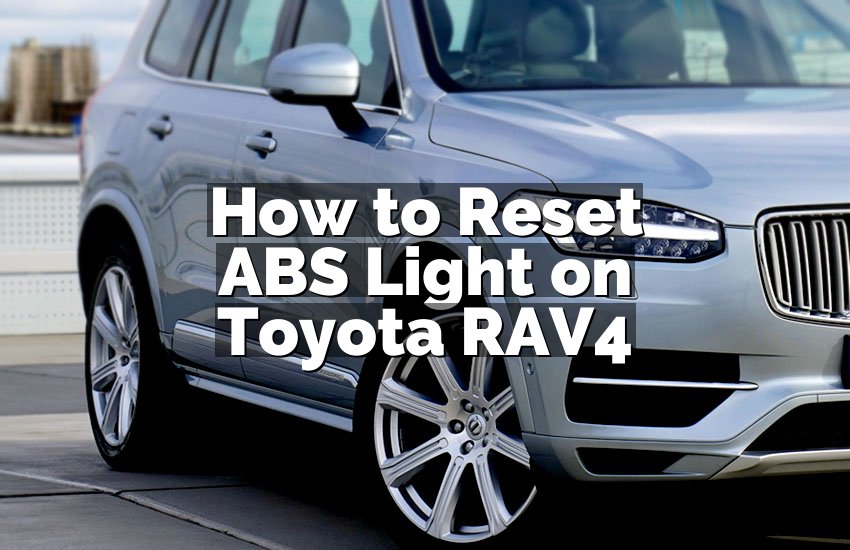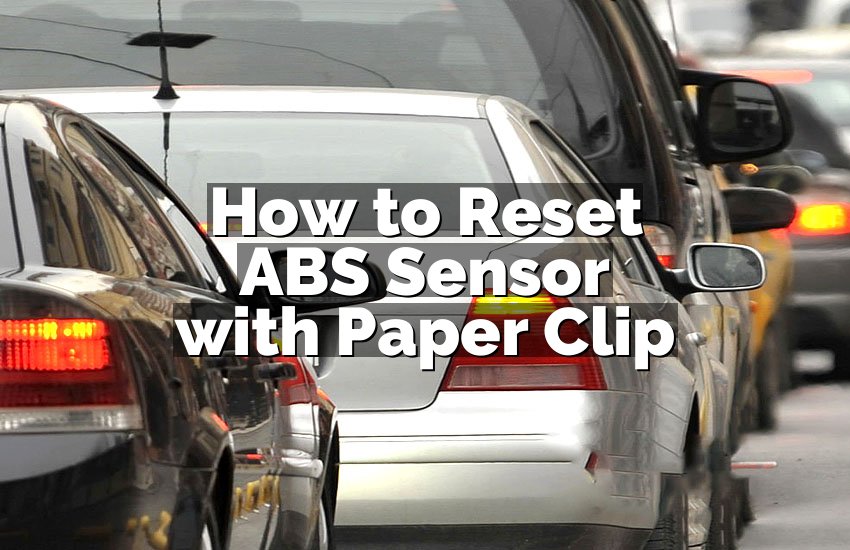Your car is like a trusty sidekick, but even the best sidekicks have their limits. When a car hits its maximum mileage, things start to change. The engine and other parts can wear out, leading to more repairs and possibly lower performance.
It’s not just about the number on the odometer; it’s about how well the car has been taken care of over time. In this blog post, we’ll explore what really happens when your car reaches its mileage limit and what you should consider to keep things running smoothly or decide if it’s time for a new ride.
What Happens When a Car Reaches Maximum Mileage?
When a car reaches its maximum mileage, it doesn’t suddenly stop working, but it does start facing more issues. Here’s what typically happens:
Engine Wear and Tear
When your car reaches its maximum mileage, the engine is often the first thing to feel the strain. Over time, parts inside the engine wear out from all the use. You might notice your car isn’t as smooth as it used to be or that it makes more noise.
This is because the engine’s internal parts, like pistons and bearings, are getting old. They may need to be replaced to keep the engine running well. If the engine isn’t cared for properly, it could lead to bigger problems, which might cost a lot to fix.
Transmission Issues
The transmission is another important part that can show signs of wear when your car hits high mileage. It’s the system that helps your car change gears smoothly. As your car ages, the transmission might not work as well.
You might feel rough shifts or even have trouble changing gears. Regular maintenance can help, but eventually, the transmission might need a big repair or replacement. This can be expensive, so it’s something to watch out for as your car ages.
Suspension Problems
Your car’s suspension system helps keep your ride smooth and comfortable. When your car reaches maximum mileage, the suspension can start to wear out. You might notice your car feeling bumpier or that it sways more than usual.
Parts like shock absorbers and struts can lose their effectiveness. This means your car won’t handle the road as well, and it might become less safe to drive. Replacing worn suspension parts can help, but it’s an added cost to think about.
Electrical System Woes
The electrical system in your car includes everything from the battery to the lights and the wiring. As your car gets older, these parts can start to fail. You might have problems with things like dim headlights, or your car might have trouble starting.
The battery and alternator are especially important. They need to be in good shape to keep your car running. If the electrical system starts to fail, it can lead to other problems, and fixing it can be complicated and pricey.
Fuel Efficiency Declines
Older cars often have worse fuel efficiency. This means your car might use more gas than it used to. As the engine and other parts wear out, the car may not run as efficiently.
You might find yourself at the gas station more often, which can add up over time. Regular maintenance can help keep fuel efficiency better, but as your car ages, it’s natural for fuel economy to decrease.
Increased Repair Costs
As your car reaches its maximum mileage, repair costs can start to add up. Older cars tend to need more frequent repairs, and some parts can be more expensive to fix or replace. Finding replacement parts can also be harder for very old cars.
You might spend more on repairs than the car is worth, which can be frustrating. It’s important to weigh the cost of keeping your car running against the cost of getting a new one.
Safety Concerns
Older cars can have more safety issues as they age. Worn-out parts can affect how well your car handles and stops. Safety features like airbags and seatbelts might not work as well as they should. It’s crucial to have your car checked regularly for safety issues, especially as it gets older. Keeping up with maintenance and addressing any problems quickly can help keep your car as safe as possible.
To keep a high-mileage car running well, stick to a good maintenance routine and address issues as they come up.

Steps to Take After Reaching Maximum Mileage
1. Check Your Car’s Condition
Once your car hits maximum mileage, start by assessing its overall condition. Look for any signs of wear and tear like unusual noises, rough handling, or leaks. Pay attention to how the engine runs and if there are any warning lights on the dashboard. Checking the condition of tires, brakes, and suspension components is also important. A thorough inspection can help you understand what repairs or maintenance might be needed.
2. Review Maintenance Records
Take a look at your car’s maintenance records. Regular maintenance is key to keeping a high-mileage car running smoothly. Make sure you’ve followed all recommended service intervals for things like oil changes, filter replacements, and fluid checks. If you’ve missed any services, it’s a good idea to catch up on them as soon as possible. A well-maintained car can often run longer and more reliably.
3. Get a Professional Inspection
Consider taking your car to a trusted mechanic for a comprehensive inspection. A professional can provide a detailed assessment of your car’s condition and identify any potential problems that might not be obvious. They can also advise you on necessary repairs and their costs. This step is crucial to understanding whether it’s worth continuing to invest in repairs or if it’s time to consider other options.
4. Evaluate Repair Costs vs. Car Value
Compare the estimated cost of necessary repairs with the current value of your car. If the repairs are expensive and the car’s value is low, it might not be worth fixing. On the other hand, if the repairs are minor and the car is still in good shape, it might be worth continuing to drive it. This evaluation can help you decide whether to invest in repairs or start looking for a new vehicle.
5. Plan for Future Maintenance
If you decide to keep your car, plan for ongoing maintenance. High-mileage cars may need more frequent attention to stay in good shape. Create a schedule for regular maintenance checks and repairs. Keeping up with these tasks can help extend the life of your car and prevent unexpected breakdowns.
6. Consider Upgrading Your Vehicle
If the cost of repairs is too high or if your car is no longer meeting your needs, it might be time to consider getting a new vehicle. Research different models and options that fit your budget and requirements. Test drive a few cars to see what you like and make an informed decision. Buying a new car can be a big step, but it might be the best choice if your current vehicle is past its prime.
7. Prepare for Selling or Trading In
If you decide to get a new car, prepare your old car for sale or trade-in. Clean it thoroughly and make any minor repairs that could increase its value. Gather all maintenance records and any other documentation that might help a potential buyer or dealer assess its condition. This preparation can help you get a better price when selling or trading in your car.
8. Dispose of the Old Car Properly
If your car is no longer roadworthy or if you’re unable to sell or trade it in, make sure to dispose of it properly. You can donate it to a charity, recycle it through a junkyard, or follow local regulations for vehicle disposal. Proper disposal ensures that any hazardous materials are handled correctly and helps reduce environmental impact.
I hope this helps you understand what happens when a car hits its maximum mileage. By following these steps, you can make informed decisions about your car once it reaches maximum mileage. Whether you choose to invest in repairs or upgrade to a new vehicle, taking these steps can help you get the most out of your car and ensure a smooth transition to your next ride.
Questions in Your Mind
Is it worth repairing a car that has reached maximum mileage?
It depends on the car’s condition and the cost of repairs. If the repairs are relatively inexpensive and the car is otherwise in good shape, it might be worth fixing. However, if repairs are costly and the car’s value is low, it may not be worth the investment.
Can high-mileage cars pass emissions tests?
Yes, high-mileage cars can pass emissions tests, but they might be more likely to have issues. Regular maintenance and timely repairs can help ensure your car meets emissions standards.
Do I need to replace the timing belt when my car reaches maximum mileage?
It’s recommended to replace the timing belt at intervals specified by the manufacturer, often around 60,000 to 100,000 miles. If you haven’t done this yet and your car is at maximum mileage, it’s a good idea to have it checked and replaced if necessary.
Is it safe to drive a high-mileage car on long trips?
Driving a high-mileage car on long trips can be safe if the car is in good condition and has been well maintained. However, ensure you check all major systems and components before embarking on a long journey.
Can I get a loan for a new car if my old car has high mileage?
Yes, you can get a loan for a new car even if your old car has high mileage. Lenders will typically look at your credit history and income rather than the mileage of your current car. However, the trade-in value of your old car might be lower due to its high mileage.
Do I need to adjust my driving habits for a high-mileage car?
Adjusting your driving habits can help extend the life of a high-mileage car. Avoid rapid acceleration and hard braking, and try to drive smoothly. Regular maintenance and gentle driving can help keep your car running better for longer.
Is it expensive to maintain a high-mileage car?
Maintaining a high-mileage car can be more expensive, as parts may wear out and need replacement more frequently. Regular maintenance and addressing issues early can help manage costs, but be prepared for potential higher expenses as the car ages.
Can I use aftermarket parts on a high-mileage car?
Yes, you can use aftermarket parts on a high-mileage car, but make sure they are of good quality. Some aftermarket parts may not be as reliable as original equipment manufacturer (OEM) parts, so choose reputable brands and consult with your mechanic.
Do I need to upgrade my insurance if my car has high mileage?
You typically don’t need to upgrade your insurance solely because your car has high mileage. However, you might want to review your coverage and consider options like comprehensive or collision coverage based on the car’s value and condition.
Is it normal for high-mileage cars to have more frequent breakdowns?
Yes, high-mileage cars can experience more frequent breakdowns as parts wear out and the overall condition of the car declines. Regular maintenance and prompt repairs can help reduce the likelihood of breakdowns and keep your car running smoothly.


